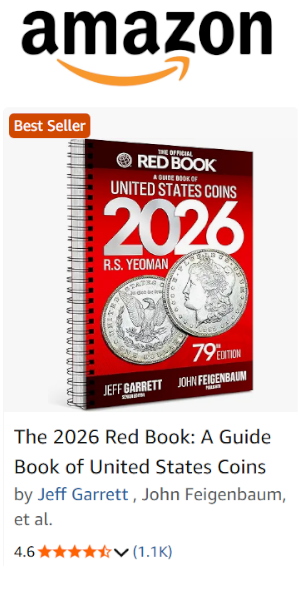Exploring the World of Numismatics: How Rarity, Errors, and Uniqueness Determine Coin and Bill Values
Exploring the World of Numismatics: How Rarity, Errors, and Uniqueness Determine Coin and Bill Values
Numismatics, the study and collection of currency, is a fascinating world where the past collides with the present, and the worth of money transcends its purchasing power. As an experienced coin collector and dealer, I often encounter questions about the potential value of old coins and bills. But what makes a piece of currency valuable? Let’s delve into the factors that can elevate a simple coin or banknote from mere tender to a collectible treasure.
Rarity: The Cornerstone of Value
At the heart of currency collecting lies the concept of rarity. A coin or bill’s scarcity often sets the stage for its potential worth. For example, ‘wheat pennies,’ minted from 1909 to 1956, showcase two wheat stalks on their reverse and may command a price upwards of $1,500 if they bear an especially sought-after date. If such a penny has evaded circulation, thus remaining in pristine condition, its value may increase further—often greatly exceeding its original face value.
Not All Uniquities Command a Premium
Dustin Johnson, Vice President of Numismatics at Heritage Auctions, notes that unusual features alone do not necessarily equate to high value. Take, for instance, Silver Certificates. Issued between 1928 through the 1960s, these bills are characterized by blue seals and serial numbers. Despite their distinctive appearance, they seldom fetch sizable sums above their printed denomination—unless they sport a particularly desirable trait.
When Errors Pay Off
Mistakes can be worth celebrating in the realm of currency collecting. Banknotes with unusually low, repeating, or otherwise ‘fancy’ serial numbers may attract enormous interest. One legendary case involved a $20 bill, where a Del Monte sticker bizarrely found its way onto the note before being printed over. At auction, this oddity commanded a jaw-dropping price tag of nearly $400,000. Such bizarre errors, while captivating, are notably rare and unpredictable.
High Denominations and Shifted Interests
In recent times, sizable denomination bills, particularly those denoted as $500, $1,000, $5,000, and even $10,000, have garnered intense collector demand. When these were in circulation from 1928 to the 1940s, few could have guessed that one day a $10,000 note might exchange hands for $456,000 at auction. Nevertheless, this is the reality in today’s collector market.
Don’t Overlook the Modest Treasures
Even if your collection lacks such illustrious notes, your currency still might be of interest. Certain versions of the $2 bill, for instance, claim collector interest depending on their age and print series. Similarly, state quarters, introduced in a program running from 1999 to 2008, have captured the fascination of many, particularly those with mint errors or unique variations.
Assessing Your Collection
Understanding the value of your currency is not a pursuit you need to tackle alone. Consultation with verified coin experts or reputable auction houses, such as Heritage Auctions, can provide insight and evaluations—often at no cost. Their knowledge can unveil whether your currency collection contains hidden gems waiting to be discovered.
The world of numismatics is rich and multifaceted. While not every old coin or bill will be considered a goldmine, the convergence of rarity, distinctive attributes, and production mishaps can summon impressive values. It’s never too late to sift through your collection and seek out a numismatist's expertise—your pocket change or old bills might just be your next great discovery.
Information for this article was gathered from the following source.


